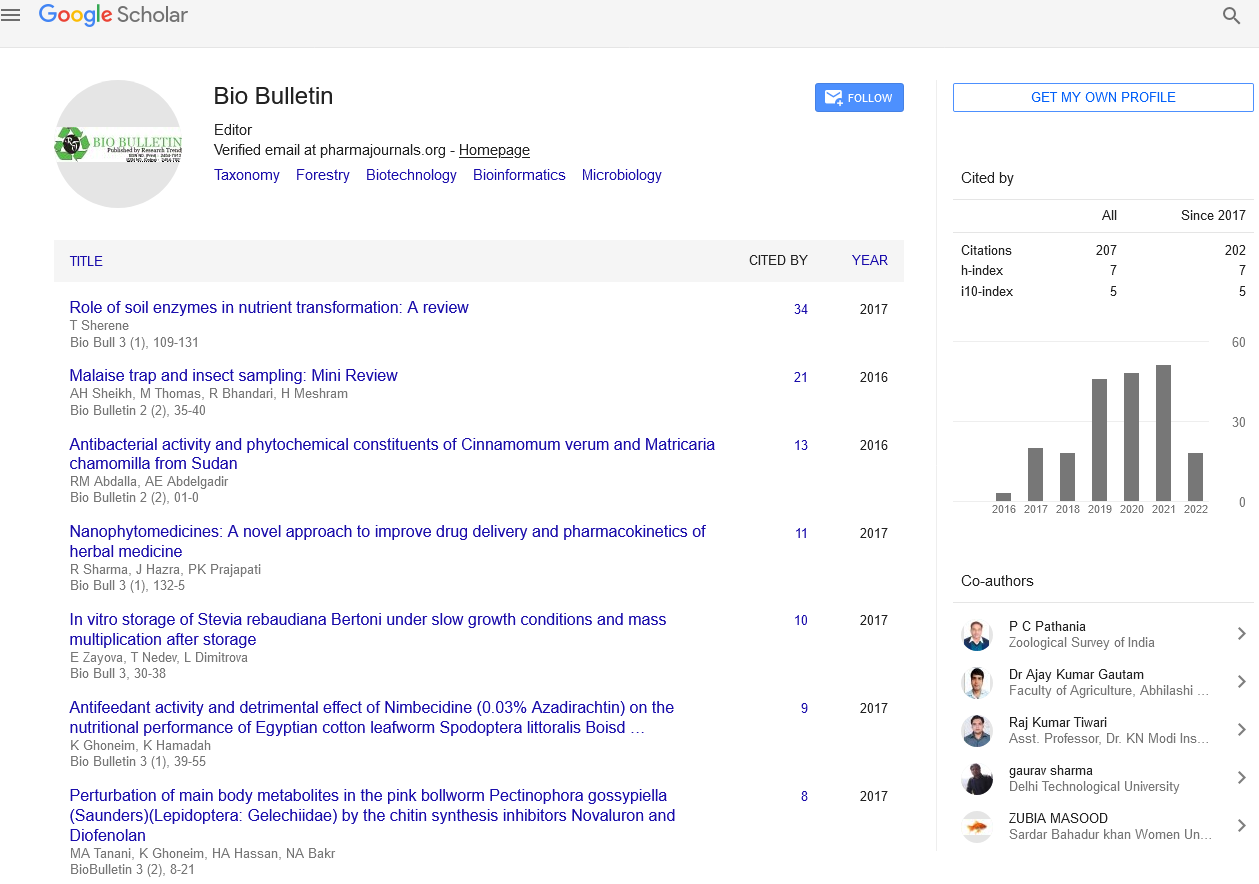Evaluation of Drug Capacity through Enzyme Induction and Inhibition
Perspective - (2022) Volume 8, Issue 3
Description
Enzyme induction studies assess a drug's ability to increase the expression of drug-metabolizing enzymes, hence enhances the clearance of drug or another metabolised chemical. Some of the elements that influence the metabolism of foreign substances are age, gender, hereditary and genetic variables, sickness conditions, dietary and nutritional status, hormonal changes in the body, and the activity of liver enzymes (collectively referred to as xenobiotics).
In human contexts, there are numerous environmental pollutants known to have an effect on liver enzyme performance. Some of these items include foods, medications, alcoholic beverages, tobacco products, and pollutants from the home and surroundings. Recent advances in understanding the categorization of liver enzymes have allowed to predict with excellent precision how these substances will impact enzyme performance and, consequently, medication metabolism.
Xenobiotics are broken down by Drug Metabolising Enzymes (DMEs), which are mostly found in the liver and work by making these compounds more water soluble. These enzymes are usually classified as Phase I or Phase II enzymes. Cytochrome P450 enzymes, formerly known as mixed function oxidase enzymes, are phase I enzymes responsible for activities (mostly oxidation and hydroxylation) that modify the existing functional groups to make them more water-soluble. The Cytochrome P450 (CYP) isoenzymes are a group of haemoproteins that are the terminal oxidases of the mixed function oxidase system found on endoplasmic reticulum membranes.
The enzyme's absorption peak at 450 nm inspired the term Cytochrome P450 (CYP),where the p stands for pigment. The current CYP isoenzyme nomenclature employs a three-tiered classification based on molecular biology conventions. A number and a capital letter denote the amino-acid sequence, and a final number indicates the specific enzyme, such as CYP3A4. In the animal kingdom, over 270 unique CYP families have been identified, with mammals accounting for 18 of those groups. Man contains 57 different enzymes grouped into 43 subfamilies, each expressed by a single gene.
The rate and extent of pharmaceutical metabolism have a significant impact on how a drug functions. Drug interactions can be dramatically influenced by enzyme activation, which enhances medication metabolism. Other impacts of enzyme induction include changes in endogenous substrate metabolism, vitamin metabolism, and extrahepatic enzyme system activity, similar to how blocking an enzyme can result in clinically significant drug interactions with a wide range of drugs. A range of strategies, including the use of model drugs, are used to study enzyme induction and inhibition in people. Enzyme repression refers to a decrease in enzyme activity following a stimulus, whereas enzyme induction refers to an increase in enzyme protein activity as a result of some stimulation.
They are more common in bacterial enzyme regulation but less common in vertebrate metabolism. The cholesterol route provides examples of enzyme stimulation and inhibition. The increased production of Hydroxymethylglutaryl-CoA (HMG-CoA) reductase in the absence of intracellular cholesterol is an example of enzyme induction. When intracellular cholesterol levels grow, Acyl-Cholesterol Acyl-Transferase (ACAT) production increases. Increased intracellular cholesterol, on the other hand, decreases the synthesis of HMG-CoA reductase. The regulation of gluconeogenesis is another process regulated by enzyme induction and repression. The activity of Phosphoenolpyruvate Carboxykinase (PEP carboxykinase) rises during fasting, hunger, and diabetes mellitus due to glucagon-induced enzyme activation. In contrast, insulin inhibits enzyme synthesis, as animal studies for these two pathways have limited prognostic value for humans, the enzyme induction and inhibition potential for novel test medications is frequently investigated in specialised in vitro research.
Conclusion
To investigate how a test medicine inhibits the key Cytochrome P450 drug metabolising enzymes, human liver microsomal preparations or recombinantly produced human enzymes are utilised. Based on the findings of the in vivo research, the relevance of the in vitro discoveries is next evaluated. To analyse the impacted enzymes, selective marker substrates for the inhibited isoenzyme or a "cocktail" addressing all important cytochrome P450 enzymes in one study can be utilised.
Author Info
John Barry*Citation: Barry J (2022) Evaluation of Drug Capacity through Enzyme Induction and Inhibition. Bio Bulletin, 8(3): 07-08.
Received: 29-Aug-2022, Manuscript No. BIOBULLETIN-22-77662; , Pre QC No. BIOBULLETIN-22-77662(PQ); Editor assigned: 01-Sep-2022, Pre QC No. BIOBULLETIN-22-77662(PQ); Reviewed: 15-Sep-2022, QC No. BIOBULLETIN-22-77662; Revised: 22-Sep-2022, Manuscript No. BIOBULLETIN-22-77662(R); Published: 29-Sep-2022, DOI: 10.35248/2454-7913.22.8.101
Copyright: This is an open access article distributed under the terms of the Creative Commons Attribution License, which permits unrestricted use, distribution, and reproduction in any medium, provided the original work is properly cited.

